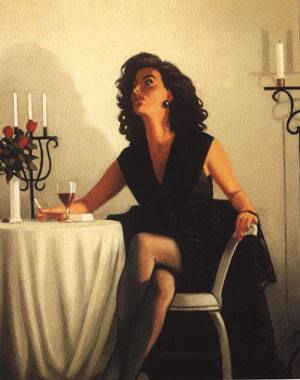More Laos - Luang Prabang & Vientiane
Part 5 - Luang Prabang and Vientiane
After idyllic Nong Khiaw, we continue our voyage south on the Nam Ou River. This time Som Nith’s brother takes the helm of our V.I.P. boat. The scenery never lets up. Patricia and I sit in silence and gaze.
Midpoint on our journey the Nam Ou River ends and we enter the mighty Mekong, king of Southeast Asian Rivers. We stop to look at the famous Pak Ou caves, stacked with hundreds of statues of Buddha, where Kings of Laos came to worship and perform ceremonies. After a delicious grilled fish lunch on a restaurant riverboat, we push on. A few more hours and we dock at Luong Prabang, the Imperial city, and ancient capital, of Laos.
Luang Prabang is a small quiet town nestled between the Mekong and Nam Khan rivers, with no trucks or buses, few cars and motorcycles, broad, tree-lined avenues, low, crumbling French provincial style houses, startling red painted and gilded temples, orange clad shaved-headed monks and filled with tourists. The streets are lined with hotels, guest houses, restaurants, bars, cafes, and studded with Buddhist monasteries. The crowded night market is filled with merchants and tourists.
We’re no longer off the beaten track, yet we’re still on the road less traveled. While Lao is nowhere near as popular a tourist destination as Thailand or Vietnam, it is, nevertheless, a place to go for savvy travelers.
Our hotel is one block from the river, around the corner from the National Museum, and borders directly on the night market, which Patricia and I hit with everything we’ve got. The first night we shop till we drop. The reason I have no pictures to show is because I was too busy shopping to stop and snap.
Nearly every night we take dinner in the market in an alleyway offering nothing but food: open stands with platters of spring rolls, vegetables, sausages, grilled fish, pork, chicken, fresh and freshly cooked in front of our eyes. We get our food and sit on benches at wooden tables, so crowded together it’s impossible not to make friends with your neighbors. Everyone’s happy here because the food is so good and the price is right, and, I’m told, though I don’t partake, the Lao beer is great.
We spend our days walking all over the city, ending up at the river for the sunset. We visit a dozen temples and monasteries but I confess I couldn’t tell one from another and the names are too hard for me to learn. The monks are friendly and chat when we speak to them – in English or French. One morning Patricia rose at five AM to watch the daily silent processional of Buddhist Monks who receive alms which they then use to make ceremonial offerings. Your devoted writer snoozed through the whole thing.
Our suitcases are stuffed with gorgeous embroidered fabrics and things purchased with arduous, hilarious haggling from Hmong sellers at the night market; we take the easy way out for a change, and use Lao Airlines to fly over stark mountainous terrain to Vientiane, capital of Laos, and get yet another view of the Mekong.
Ever stalwart, Patricia prowls the markets and inspects the temples of Vientiane but I take a vacation and lie around in bed and lounge on the balcony of our lovely wooden bungalow set in a peaceful garden with birds and flowers for companions. Except for a tiny, unexpected but delightful flirtation with a Patrick Kavanagh-reciting, handsome young Irishman from Cork one evening, I’m happy to do nothing at all…
P.S. It’s been pointed out that I neglected to describe the special Lao dishes we ate in Nong Khiaw: Deep-fried River Weed with sesame seeds, steamed (or fried) river fish with vegetables and herbs (ginger, lemon grass, cilantro, basil, mint and others), chopped pork with herbs baked in a banana leaf, chicken in coconut sauce with aromatic herbs, grilled sausages, black rice, and, of course, the ubiquitous noodle soup with chicken, pork, beef, and vegetables. Everything was deeply flavored and fragrant with herbs and spices. Chile in everything! All vegetables and herbs were grown in their garden, fresh and organic, everything prepared fresh when ordered. In fact all the vegetables, fruits and herbs we’ve been served so far – in Vietnam and Laos – have been local and organic. And… Deeelishus!

